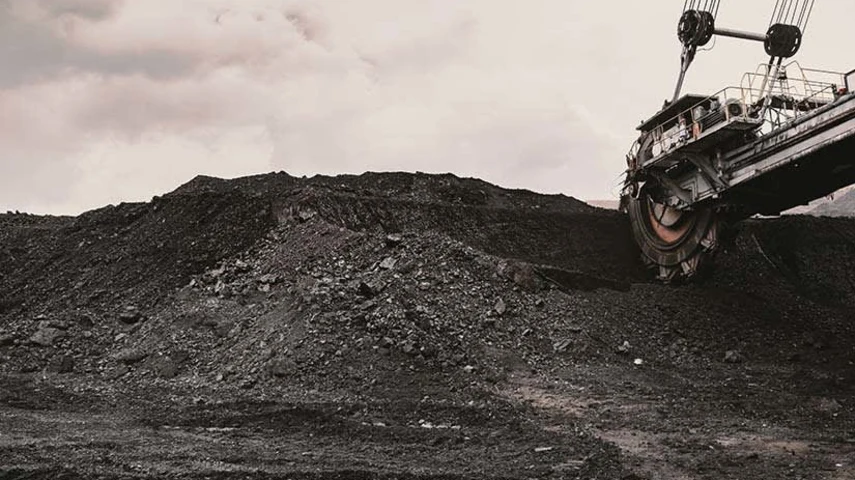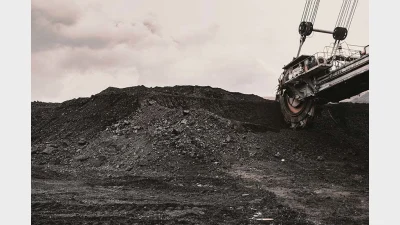ART affirms net-zero pledge with thermal coal exclusion



Australian Retirement Trust (ART) is set to cease investments in the majority of thermal coal companies starting from 1 July, in alignment with its goal to reach a net-zero greenhouse gas emissions investment portfolio by 2050.
Under the new changes, the $280 billion fund will specifically exclude any company deriving 10 per cent or more of its revenues directly from mining thermal coal, encompassing lignite, bituminous, anthracite, and steam coal, based on the most recent year of financial reporting.
“As a global investor, Australian Retirement Trust is committed to achieving a net zero greenhouse gas emissions investment portfolio by 2050,” ART said in a statement.
The fund has, however, outlined specified exceptions to its thermal coal exclusion policy, clarifying that it does not apply to companies earning revenue from metallurgical coal used in steel production or coal mined for internal power generation.
This also covers intra-company sales of mined thermal coal, revenue from coal trading, and royalty income for companies not directly engaged in thermal coal extraction operations.
While the fund maintains a similar exclusion threshold for tobacco – applicable for companies that generate 5 per cent or more of their revenue from tobacco products – it completely avoids investments in cluster munitions or landmines.
Elaborating on how it applies its exclusions, ART said: “We rely on accuracy of data from a third-party provider (MSCI) to implement these exclusions.
“We update exclusion lists twice a year. Following those updates, we tell external investment managers which listed equity shares must be excluded from new and existing investments.”
Interestingly, in 2021 members of QSuper and Sunsuper – who would make the merged entity of ART less than a year later – urged the funds to dump thermal coal and to disclose more information around investments.
A total of 65 Sunsuper members and 141 consumers with QSuper penned a letter to the funds, calling on QSuper chief of member experience Jason Murray and Sunsuper chief member officer Steven Travis to disclose a complete list of the funds’ holdings and emissions reduction strategies.
Members further inquired into whether the funds had conducted portfolio-wide scenario analysis on climate change analysis and the engagement processes each fund undertook with investee companies to reduce their carbon exposures.
Having since launched its Net Zero 2050 Roadmap in September, ART said it is taking a long-term view that aims to be “pragmatic, measured and actionable” to help manage climate risk while growing members’ retirement savings.
It has also set a target of portfolio alignment with 50 per cent of its “priority companies” to be net zero or aligned to a net-zero pathway within listed equities by 2030.
Ian Patrick, the fund’s chief investment officer, said the roadmap ensures guardrails are in place for ART to deliver on its net-zero commitments through its investments.
“ART takes our responsibilities as a leading global investor and to our members seriously, and we’re proud to launch our Roadmap. Our roadmap acknowledges our part in the transition towards a net-zero economy, and we believe the industry’s ongoing collaborative approach to help address this challenge is preferable to trying to address this individually,” Patrick said last year.
“Harnessing capital as a collective, with a unified voice, may add to the pace and help achieve the sizeable shift required to solve some of the challenges we as investors – and our society more broadly – are facing.”
Recommended for you
As the Australian financial landscape faces increasing scrutiny from regulators, superannuation fund leaders are doubling down on their support for private markets, arguing these investments are not just necessary but critical for long-term financial stability.
Australian Retirement Trust (ART) is leaning on its private asset allocation to help shield members from ongoing market volatility, as its chief economist stresses the importance of long-term thinking and diversification.
AustralianSuper is poised to cement its leadership in the superannuation landscape over the next five years, with fresh research forecasting a sharp shift in the sector’s power dynamics.
The Reserve Bank of Australia (RBA) has warned that significant liquidity pressures could arise in the superannuation sector if multiple risks materialise at once, potentially amplifying shocks in the financial system.












